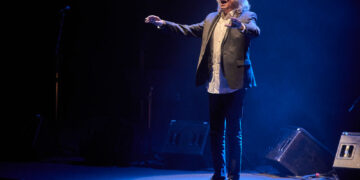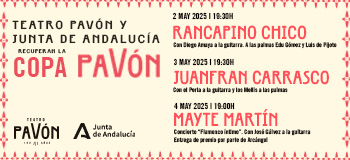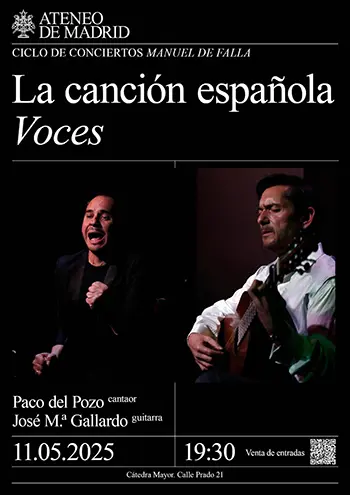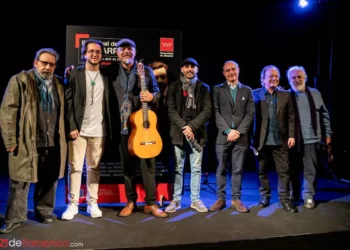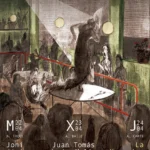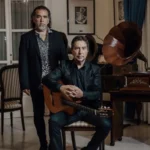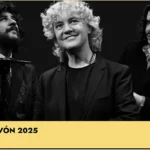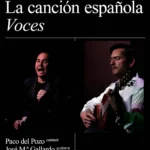|
“Vida Breve” – Real Orquesta Sinfónica de Sevilla
|
||
|
SPECIAL BIENAL DE FLAMENCO DE SEVILLA 2008 Real Orquesta Sinfónica de Sevilla, directed by Pedro Halffter with the voices of Nancy Fabiola Herrera, Marina Pardo, Simón Orfila, Vicente Ombuena, Alfredo García, Gustavo Peña and Aurora Gómez. Cante: José Mercé. Guitar: Moraíto. Dance: Lola Greco, Francisco Velasco. Coro Nacional de España bajo directed by Mireia Barrera. Libretto: Carlos Fernández Shaw. Text: Estela Zatania If only it were so easy. If only the simple act of combining great elements were a guarantee that something even greater would result. Most of the dubious concept of today’s “fusion” is built upon a few isolated successes to create a flamenco derivative the general public has accepted as a substitute for flamenco. The idea of mixing a flamenco voice with a symphonic orchestra is alluring. Had it been done successfully, it would have been an important piece of news within the world of music, if only because it would be a sure sign of the much-touted “dignification” of flamenco, which in itself seems to suggest that flamenco as is, lacks dignity. It’s not the first time a flamenco singer has collaborated with classical music, but then it’s not the same adding a flamenco voice for brief sections of the Firedance, as shoe-horning someone like José Mercé, in all his flamenco splendor with solea and siguiriya, amidst mezzo-sopranos and tenors. And what a dilemma for the audience. Cante fans rarely tend to be opera fans, or vice versa, so the applause piped up here and there, depending on each person’s preference. Lacking any sort of training or experience to even offer an opinion, I can only say that the Real Orquesta Sinfónica de Sevilla and the Coro Nacional de España, as well as the soloists from each group, seemed to fulfill their respective musical missions quite ably. The people in charge of the show investigated and went to great lengths to “come as close as possible to Falla’s original concept” as Pedro Halffter, artistic and musical director of the orchestra explained at a press conference. I don’t know what kind of flamenco the Cádiz composer had seen when he wrote la Vida Breve, but you can be sure a voice like José Mercé’s, and a guitar like Moraíto’s did not exist in 1913 when the production debuted in France. More believable was the dancing of the wonderful Lola Greco with Francisco Velasco for the most representative theme of the work, a piece of music that has been choreographed numerous times by Spanish dance companies, due to its dramatic melodies and danceable rhythm. Observations: 1) The audience bestowed the most euphoric ovation upon the mezzo-soprano Nancy Fabiola Herrera, and the second most euphoric was for the boys from Jerez. 2) Despite having to compete with dozens of instruments, the classical singers used no amplification. Mercé and Moraíto however did. Flamenco, in any of its multiple manifestations, is a set of characteristics…contemporary or traditional, makes no difference…that result in a specific aesthetic. Except for the fleeting bits of cante and dance, that aesthetic is missing from this production, and not even master chef Ferrán Adriá would have considered serving such a mix of ingredients as we saw last night at the Maestranza Theater. |



 XV BIENAL DE FLAMENCO DE SEVILLA
XV BIENAL DE FLAMENCO DE SEVILLA 


